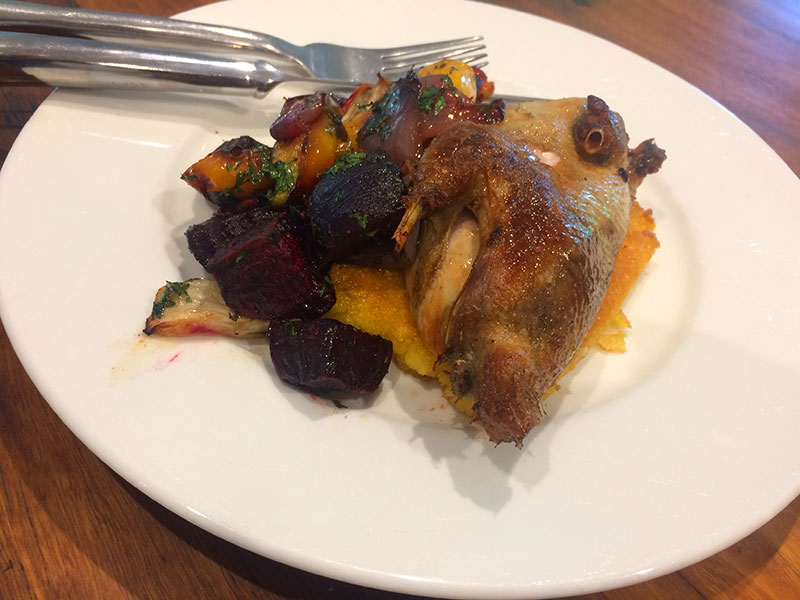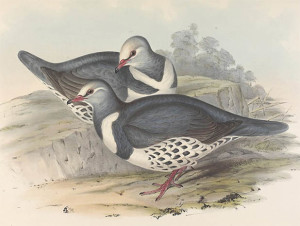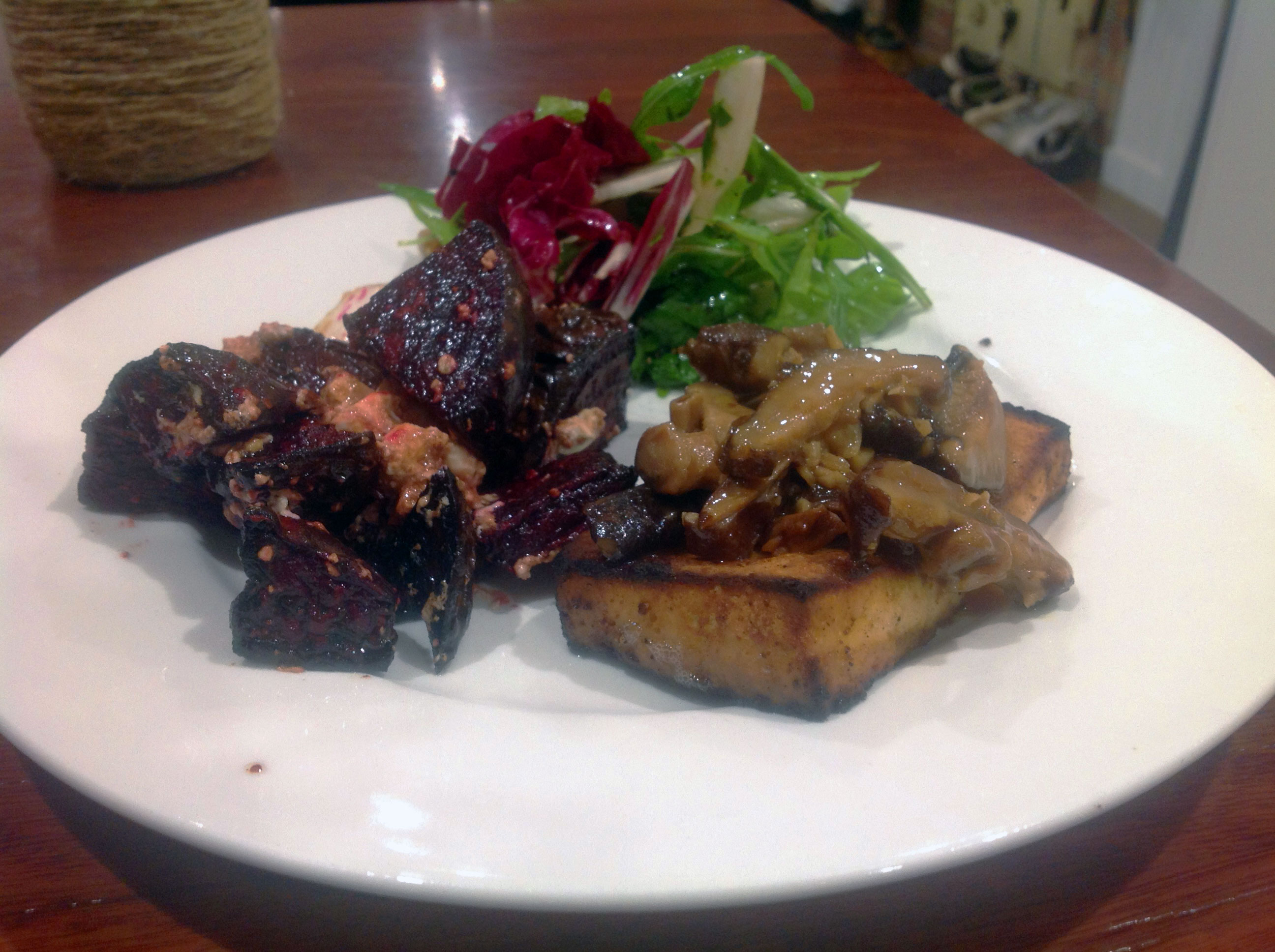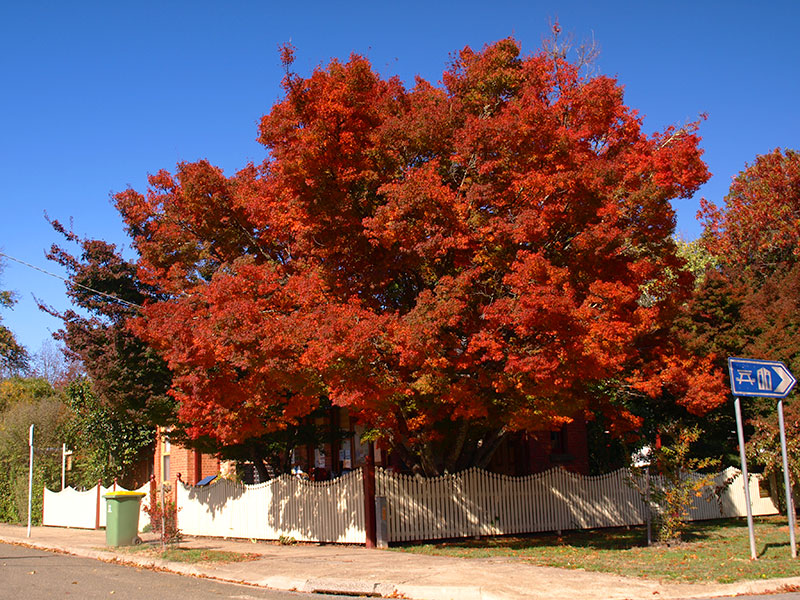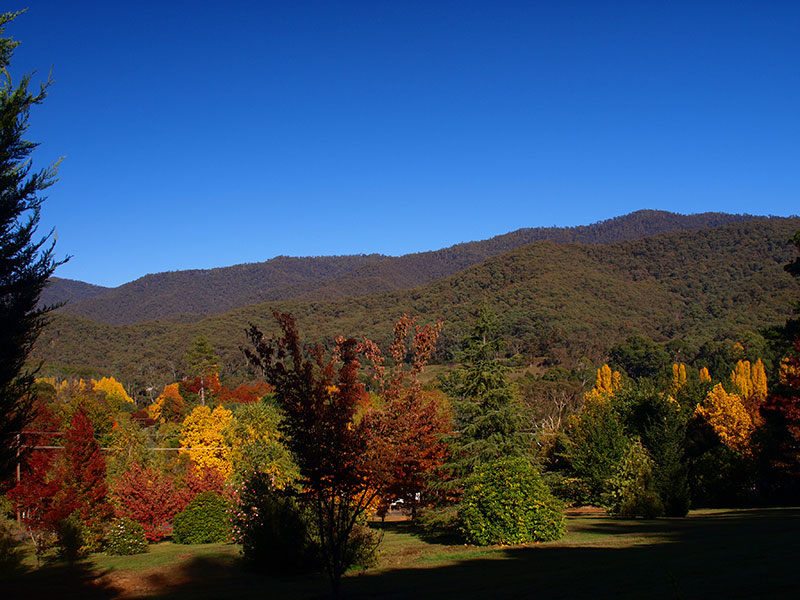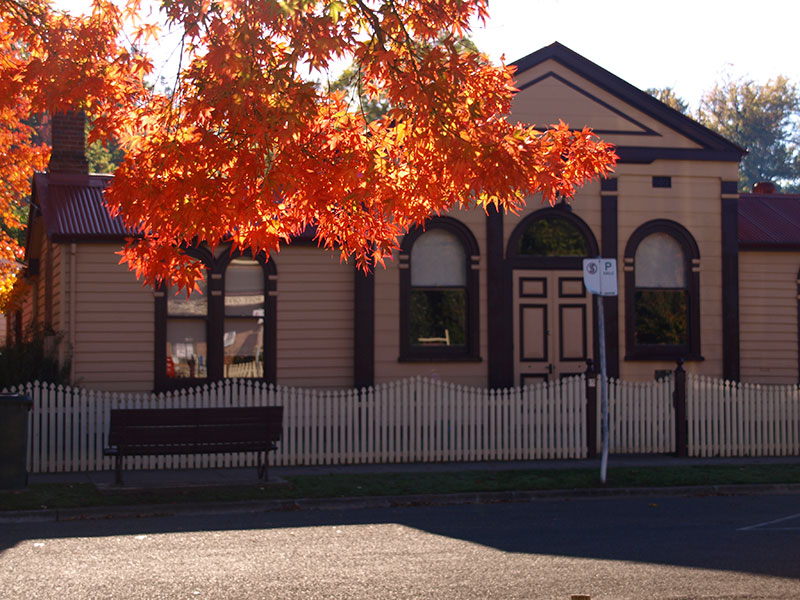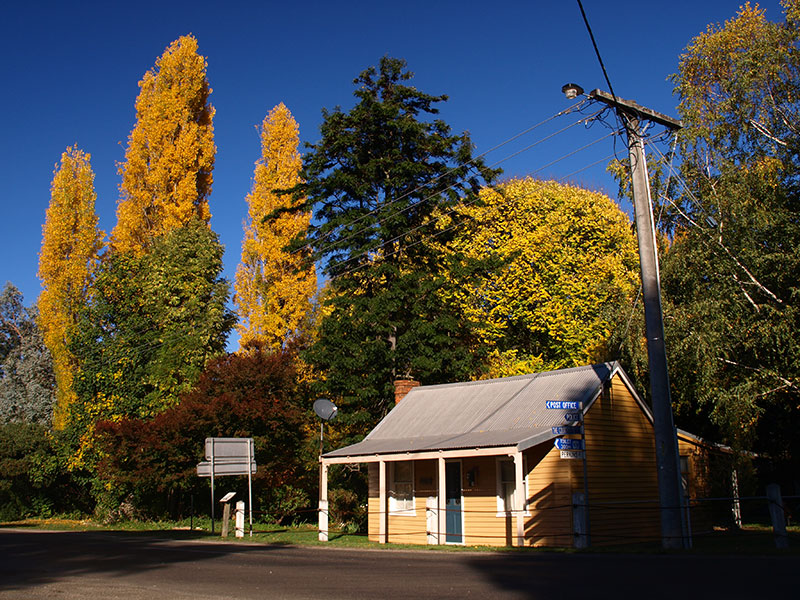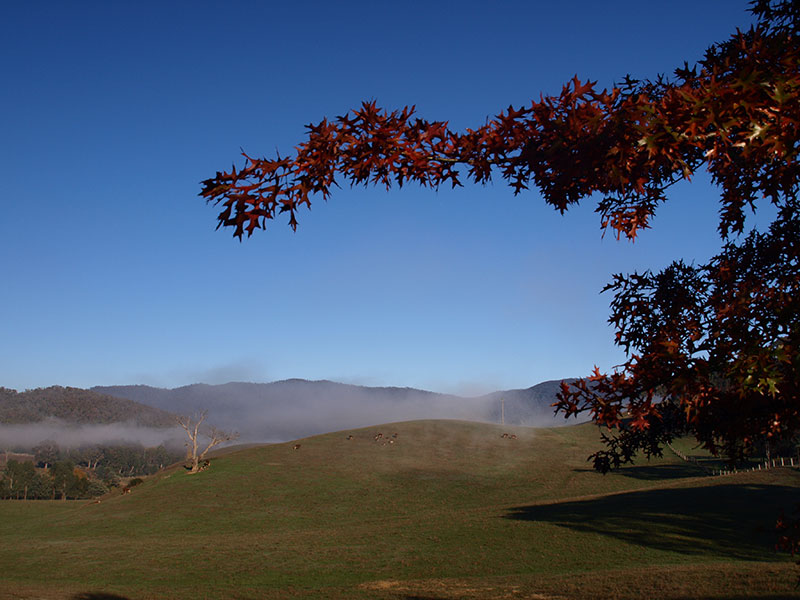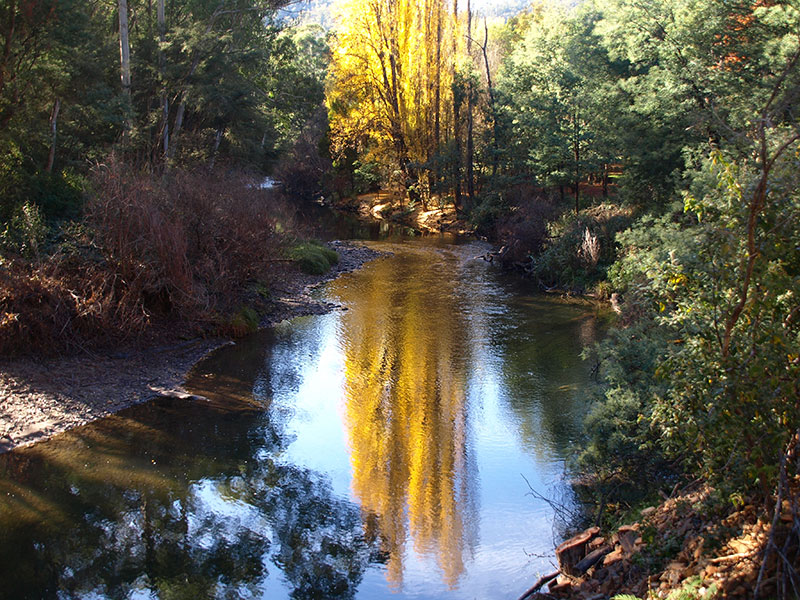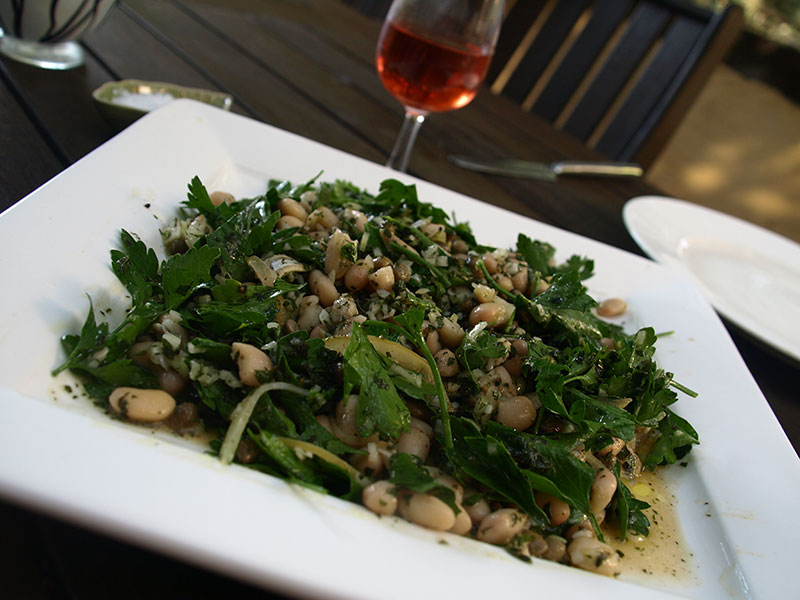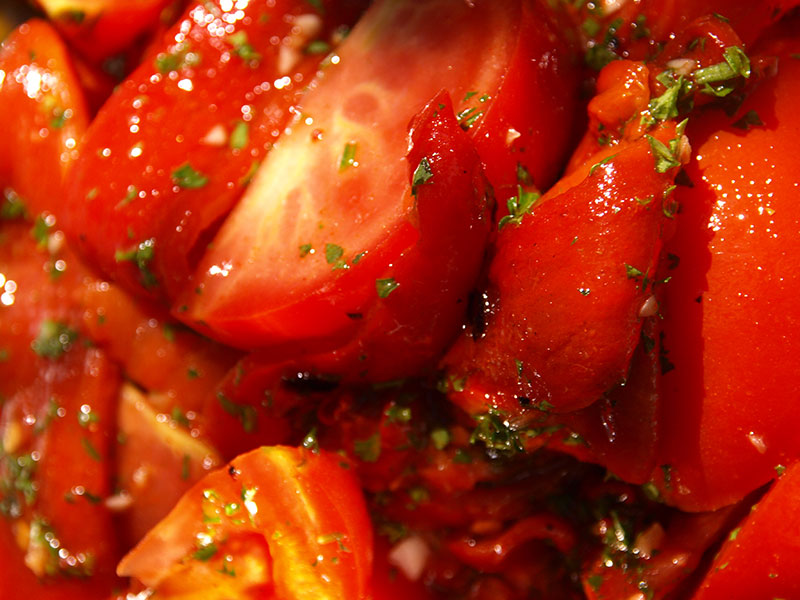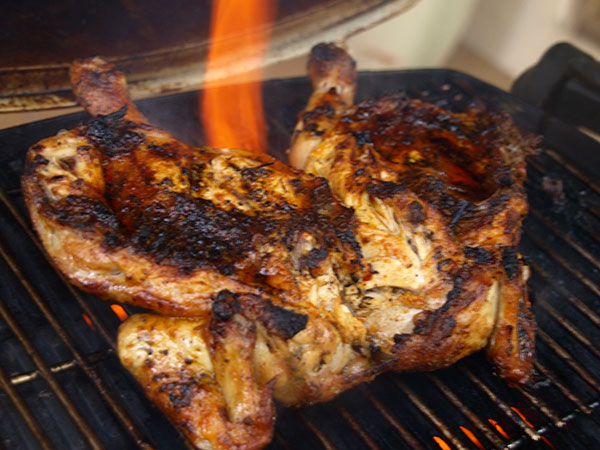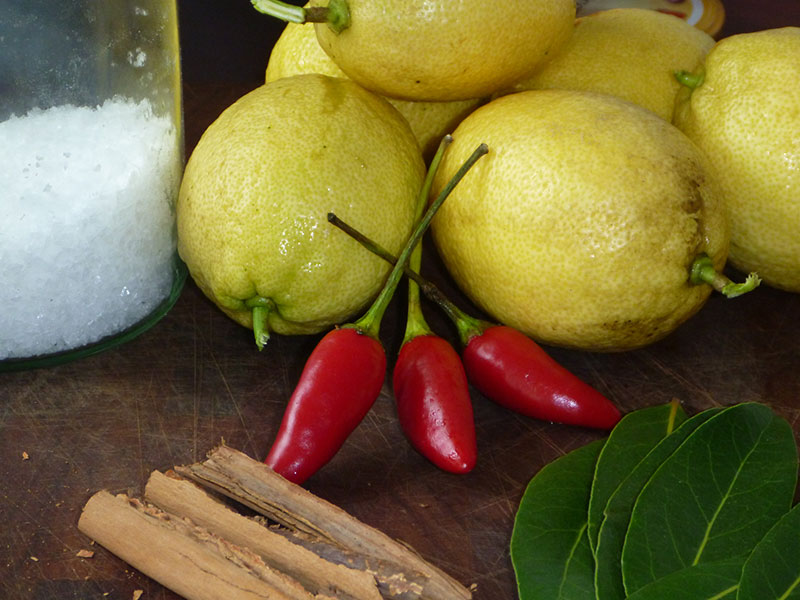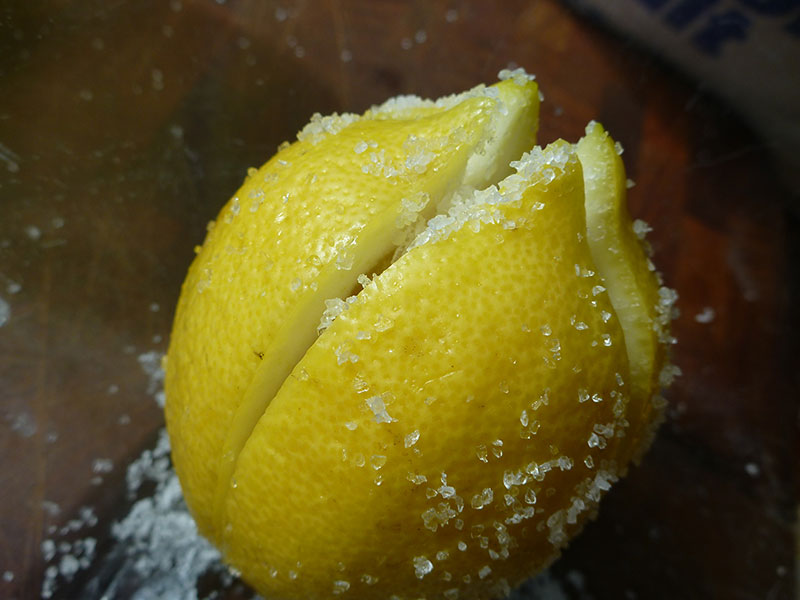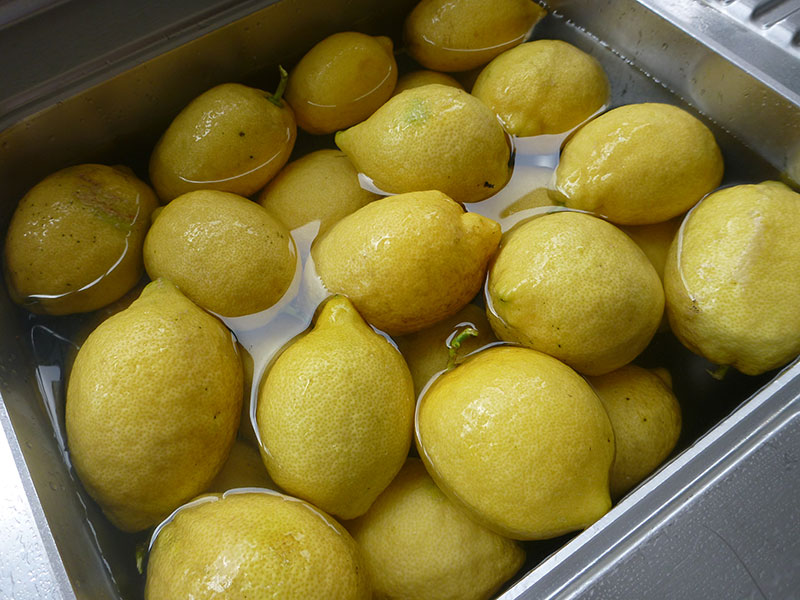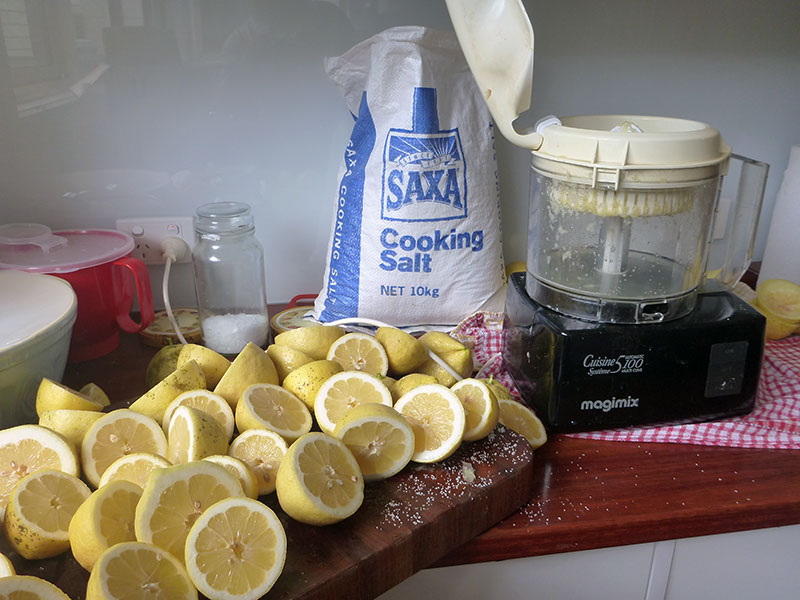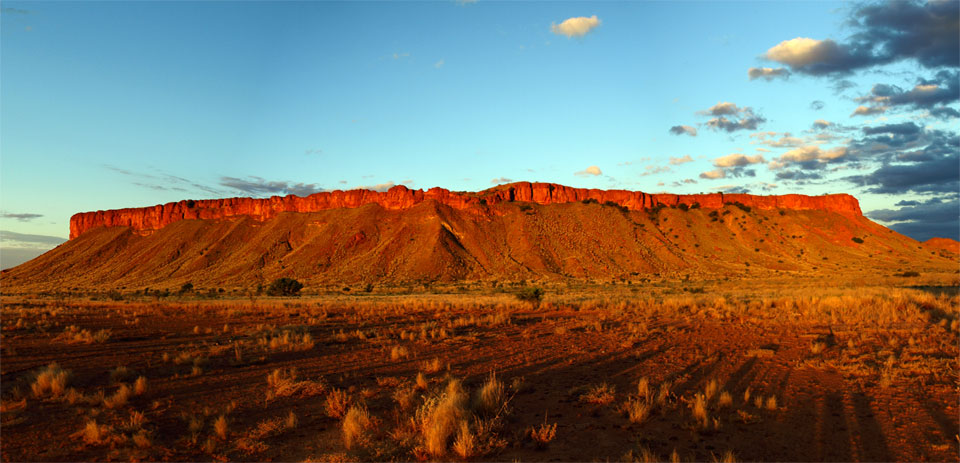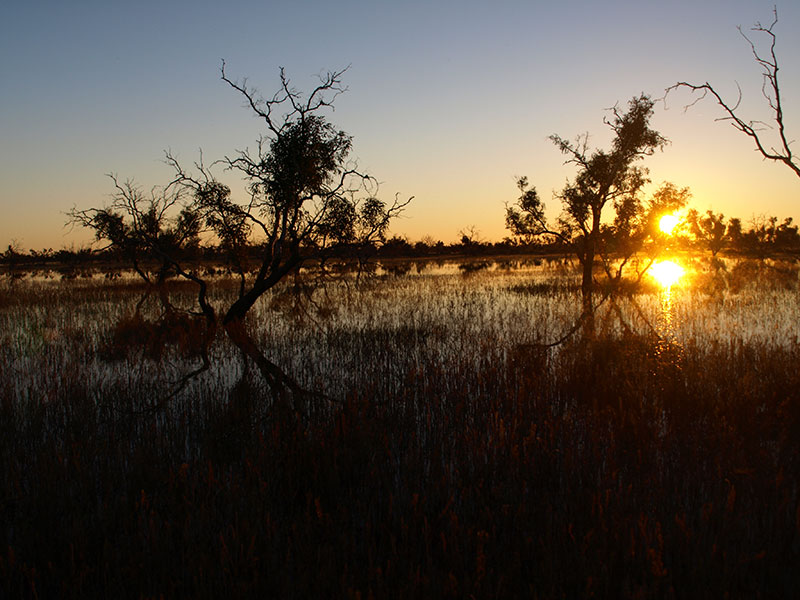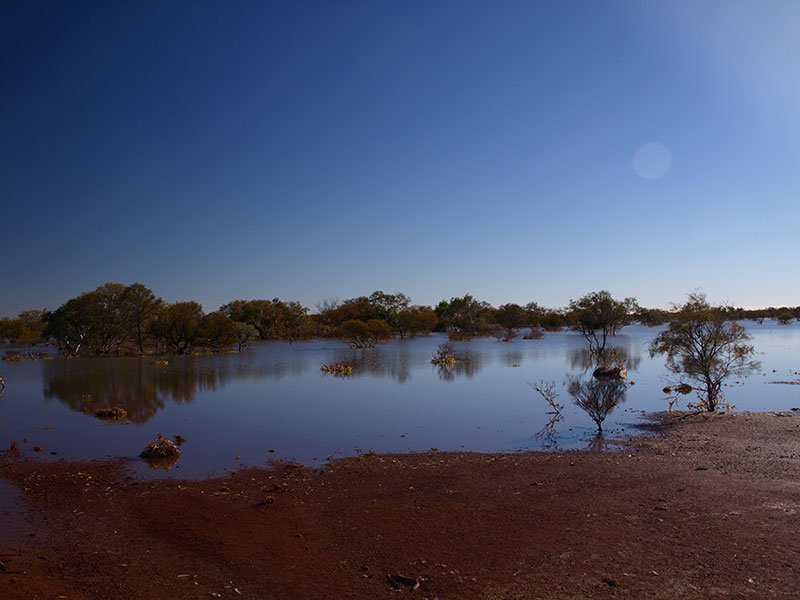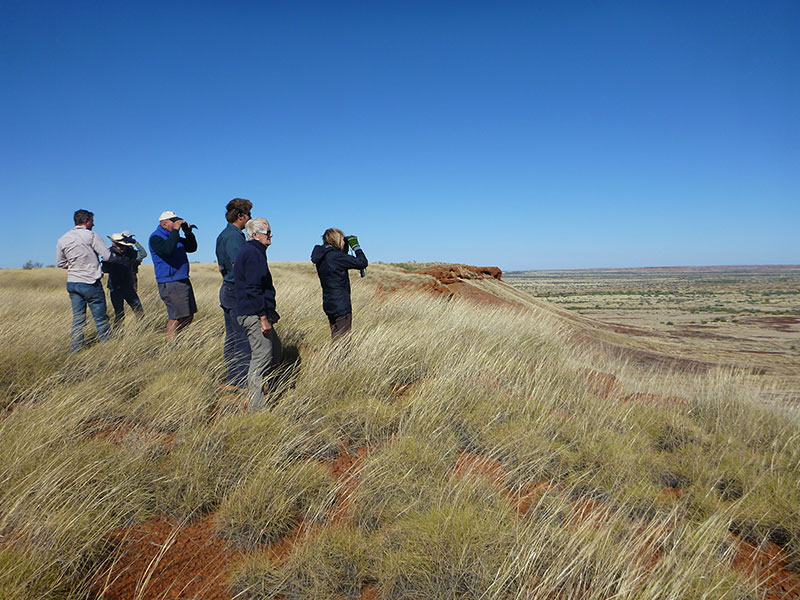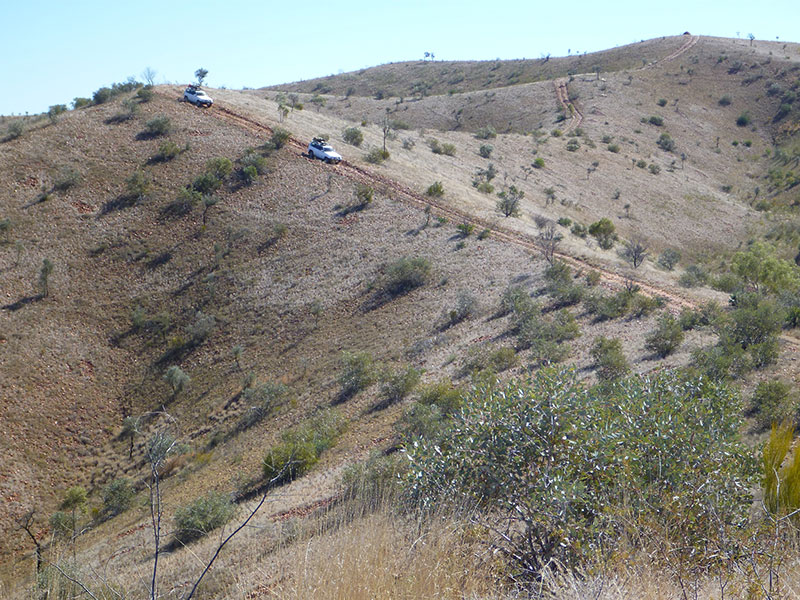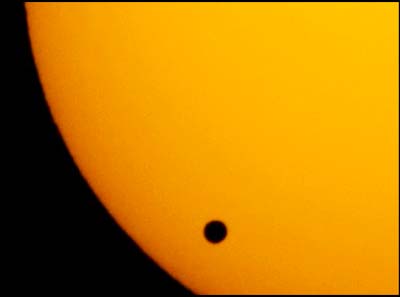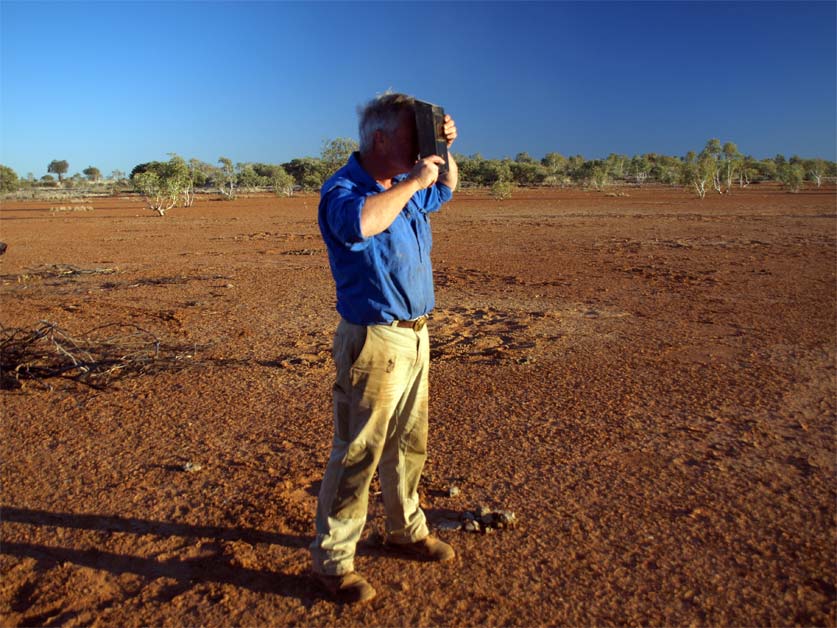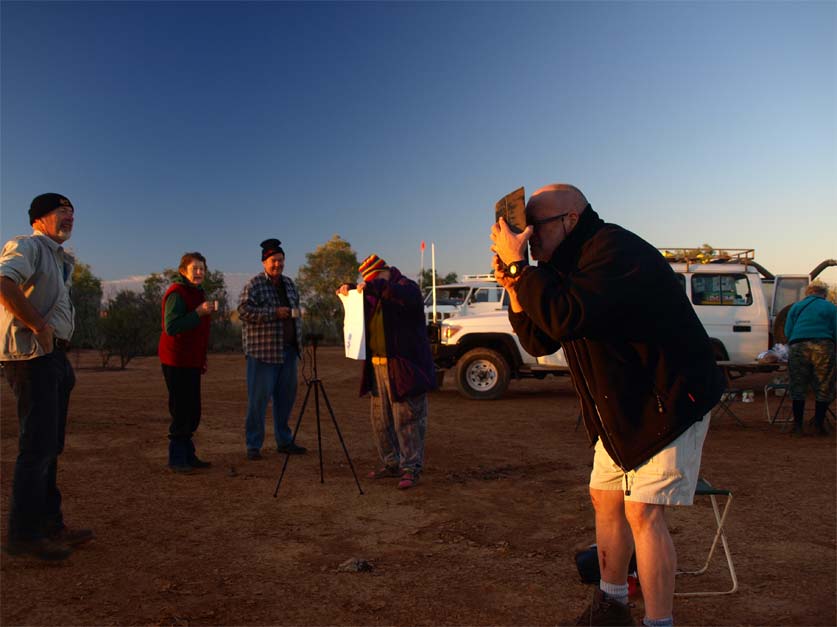I am sitting on a camp stool beneath Mt. Woodruffe, the highest mountain in South Australia, which at 4000’ towers above. This is day six of an expedition I am leading into Pitjantjatjara Lands in the far north west of South Australia. I was on the lands last October location managing a film shoot at Ernabella, but this is the first time in almost ten years I have been out in country. Even with the passage of time the country is familiar to me, almost like coming home, and whilst I have no problem locating seldom used tracks that lead to hidden rockholes and rock art sites, I was unprepared for the astonishing beauty of this place. I had forgotten what a visual knockout is is.
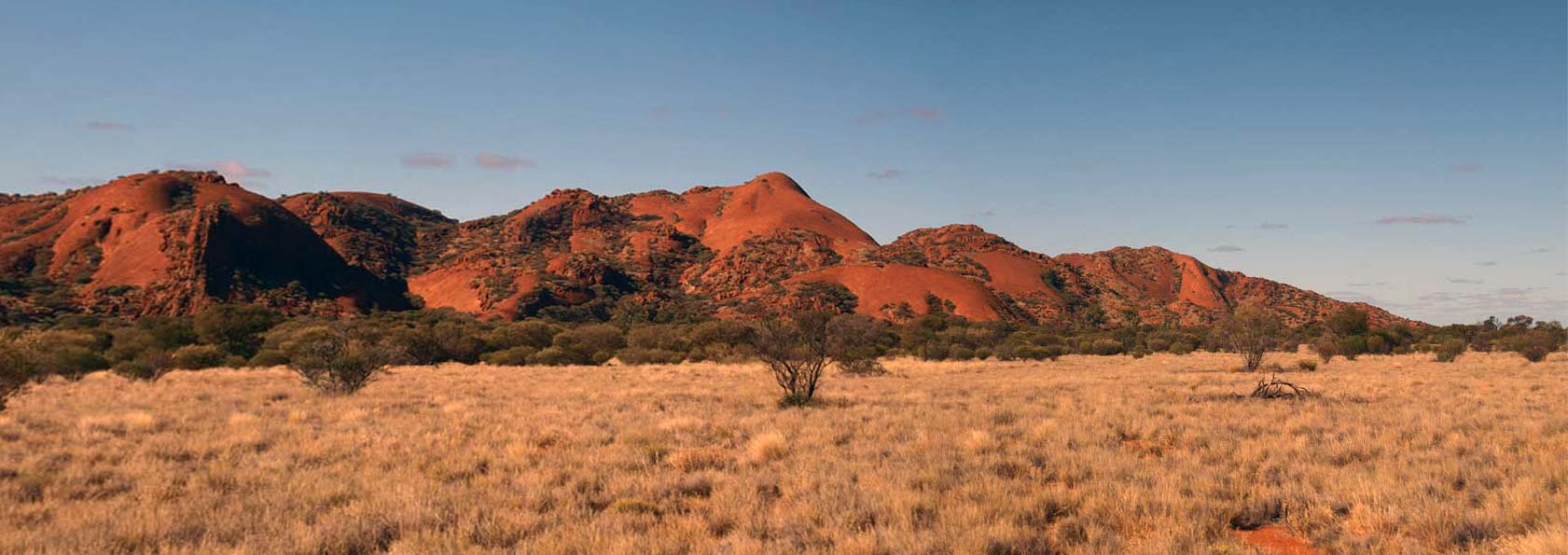
The Everard Ranges
From an unmarked turn off the Stuart Highway, 1000kms north of Adelaide, we headed west past the dusty community of Indulkana, perched improbably on a hilltop overlooking the Indulkana Creek and out across plains of mulga woodland, beyond the community of Mimili to a hidden valley, a place the pastoralists called Victory Well in the magnificent Everard Ranges, where we will camp for two nights. The valley is barely one hundred meters wide, and surrounded by massive deep red granite walls, one of hundreds of inselbergs which make up this range that is unique to the Australian interior.
We dine on Greenslade Chicken from Adelaide cooked with lemon, garlic and fresh parsley in the camp oven, and hit our swags early. Tomorrow a local family from nearby Sandy Bore homeland are going to guide us through the ranges.
Victory Well has memories that seem to come alive as the orange firelight bounces off the trees. A barn owl screeches nearby, I shine my torch up and behold a mating pair in the branches above us. Years ago I brought my dear friend Michael Blunden to this place. Michael sadly passed a few years ago well before he should have. I remember delivering a eulogy to him where I said how his spirit would now be soaring above the sandhills and the desert ranges, and somehow I sense him here. I also brought the previous Minister for Conservation in the Victorian Government Marie Teahan here, she has also passed. Better not tell my fellow travelers, or they might get nervous, there could be a pattern here. I remember back to my first visit over 20 years ago. I was brought here by Anangu Elder Peter Nyaningu. We arrived at sunset and set up camp. What I didnt know is that we were camped on an Inma Ground or “corroborree site”, and Peter had organised an inma for that evening. The entire Mimili community arrived and as the last light of sun turned the granite tors deep crimson, the Anangu started chanting to clapping sticks, and painted and feathered dancers re-enacted the creation stories of the Tjukurpa by the light of the fire. This is a place without time, where memories of the past float comfortably with the present.
Tonight I can almost hear the chants behind the whistling wind. It has been an emotional day. On arrival at Mimili I had looked up my old friend David Umula. The years have not been kind to him. I found him in bed in a dark room surrounded by two electric wheel chairs and half a dozen dogs. His wife passed three years ago, and he has suffered a stroke. Whilst his mind is sharp as a tack, his body has failed him. We talk for some time about old times. Slowly the old “chilpies” or “Elders” are dissappearing. Much of the Tjukurpa is going with them, especially the high degree knowledge so often referred to by anthropologists like Elkin. Life moves on, but the country remains.
Dawn is spectacular, as expected, it almost always is out here. There is mist across the valley, and the granite tors in the distance glow an improbable red. I leave my companions and scramble up a rocky river bed, over immense boulders to a hidden rockhole I had visited ten years before. I arrive to find it dry, but remember how a young Anangu man with bright eyes and an enthusiasm that beheld all the promise in the world had brought me here. We had swum in the pool. I thought the conversation would have gone to Tjukurpa, but what he wanted to talk about was footy. I enquired about him in Mimili, sadly he was convicted for assaulting police in a drug matter. There is a huge native fig tree beside the waterhole, laden with yellow fruit. In another month it will be ready for eating.

Richard - the youngest member of the Sandy Bore Mob
It is late morning by the time the Sandy Bore mob arrive, custodians of the Everard Ranges, which now lie within the Antara Sandy Bore Indigenous Protected area. I feed everyone an early lunch, and make a cuppatea, hopefully that will alleviate some of the “shy business”. By midday we are off rolling across the plains beneath the granite. We leave the track and drive over the trackless golden grassland.
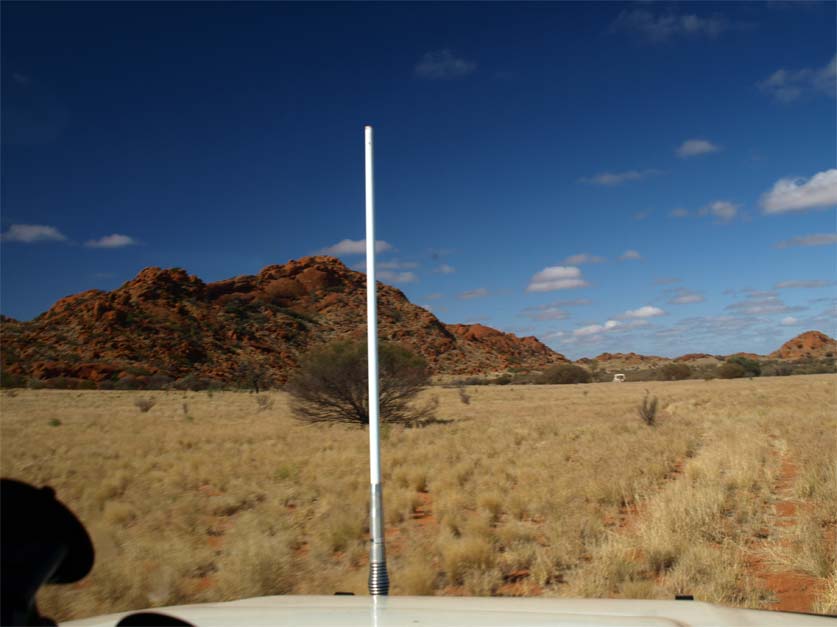
Underway through the Everards
Our first stop is at an extraordinary rock formation, where a great slab of granite has been split from the main tor. Its shape resembles a great cumulus cloud, and we are told this is Nyingala, the rain cloud spirit. I keep my fingers crossed he doesn’t want to perform his good works for us, rain is always disastrous for traveling in this country. We continue on over the trackless plain to cross through a pass. The country recedes, and the horizon opens up before us to reveal in the distance the sandhills of the Great Victoria Desert which lap against the shore of the rocky Everards like a frozen sea.

On a hidden wall in the shade we are shown a stunning array of ochre paintings, one shows the tracks of the illusive itjari itjari – the rare and endangered marsupial mole. We follow the dreaming trails of Wannampe – the giant serpent, the Ngintaka, the giant perente lizard, and tjaala, the honey ants.
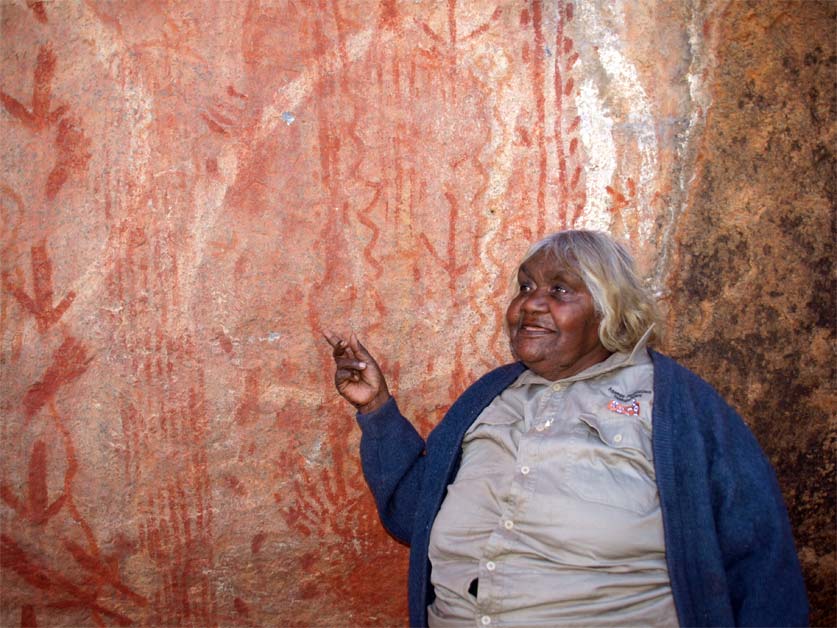
Margaret shows the tracks of the itjari itjari
On one wall there is a more modern painting of a horse with a saddle and bridle. Perhaps a station horse, or perhaps even Ernest Giles’ Fair Maid of Perth. He passed a little north of here in 1874 and recorded in his journal that, “Here a white man could truly live and be happy…”
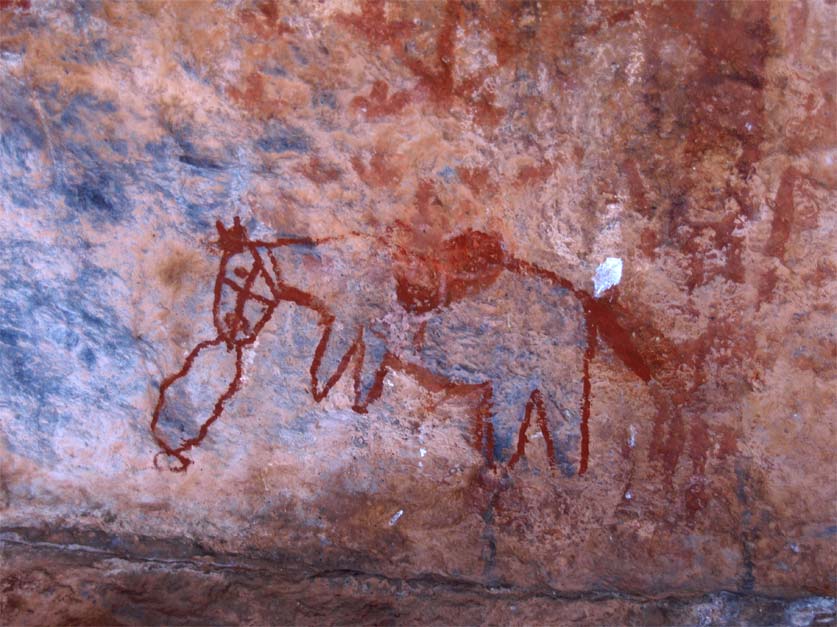
Not so ancient rock art
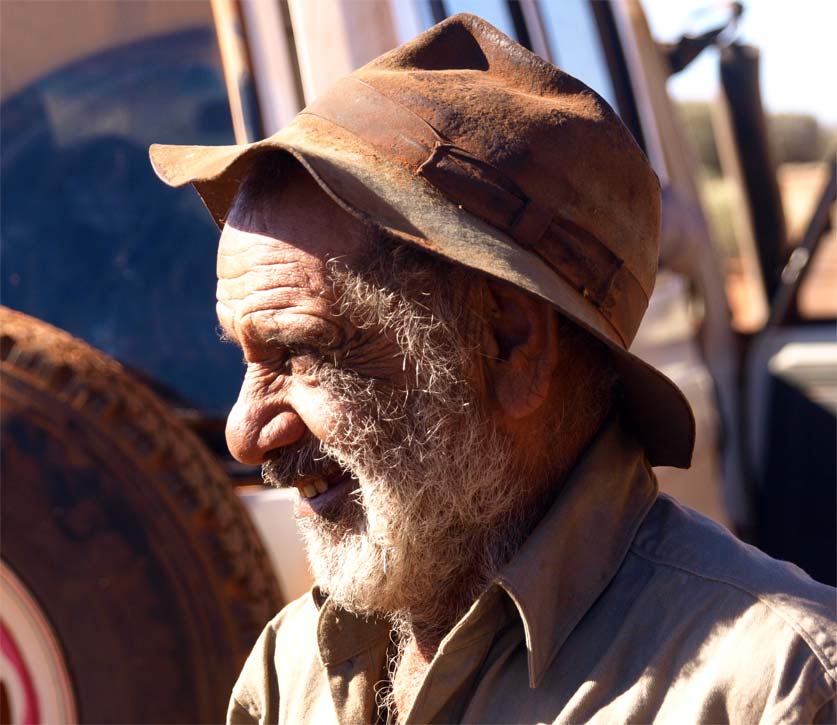
Sammy Todd
The shadows are low by the time we get back to camp, and one of our hosts, Sammy Todd shows how to make a spear. He heats a sapling in the fire and bends it over and over again until it is improbably strait, then with a knife pairs back the bark and carves a sharp blade in the end. The whole process has probably only taken him twenty minutes. A handy skill to have, especially when the hot season comes, and law time begins.

Sammy completes his spear
The following morning we travel north to Pukatja, site of the old Ernabella mission. It is saturday, and there is football. On the lands, football is religion. Ernabella is playing Freegon. At the entrance to the football ground the police breathalise me. Curious given there is no alcohol on the lands. The black market must be healthy. Peter Nyaningu is in Darwin, but I track down his son who is coaching the Ernabella team. They have just vanquished Freegon, and a melee has erupted amongst the Freegon camp. Jamie grants us permission to travel to Nguratjara, so rather than hang around to watch the stoush, we bail and head north for the peace and tranquillity of the Musgrave Ranges.
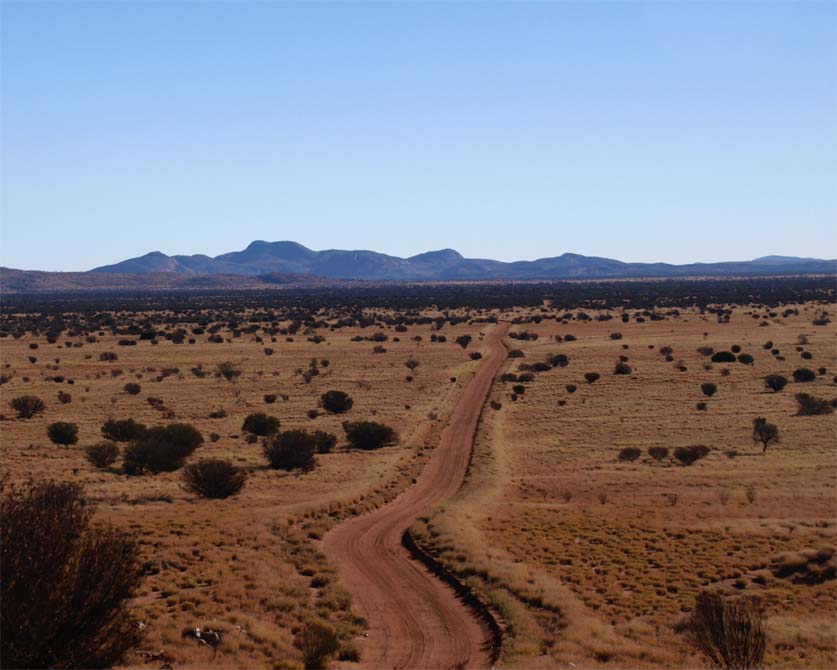
The road to Nguratjara
It is like coming home as we travel up the valley. Can it almost be ten years since I was last here? The dome of Mitchells Knob, site of the little mouse dreaming rises to the west. A long range of fire scarred hills rise to the right as the track funnels in to the foot of Mt Woodruffe – the Ngintaaka Pilpirpa – so named because the mountain resembles the shape of a great perentie looking out to the west. The mountain is a powerful place. The perentie is raised on its legs, great spurs which lead down from the summit. The summit ridge its backbone, and it looks out to the west, the beckoning west.
My own dreaming trail is about to take me north to Alice Springs, and then out into the Western Deserts, forever under the eye of the watchful perentie.
